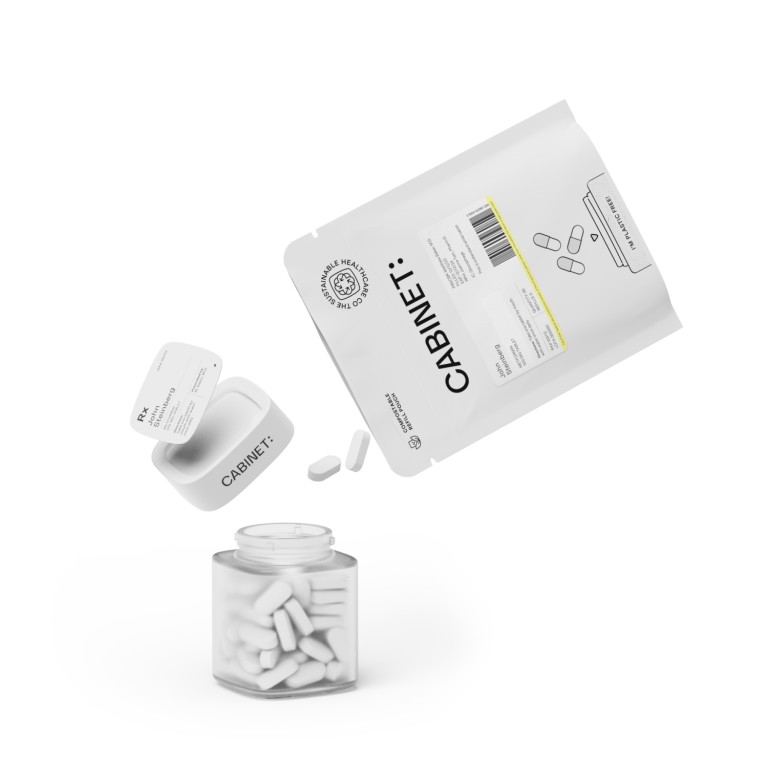Frovatriptan is a medication that is commonly used in the treatment of migraines. However, its uses go beyond just treating migraines. In this article, we will explore what frovatriptan is, its various uses, the benefits it offers, and the potential side effects associated with its use. By the end of this article, you will have a better understanding of frovatriptan and its role in managing certain health conditions.
What is Frovatriptan?
Frovatriptan belongs to a class of medications known as triptans. Triptans work by narrowing the blood vessels in the brain and reducing inflammation. This can help to alleviate the throbbing pain and other symptoms associated with migraines. Frovatriptan is available in tablet form and is typically taken as soon as a migraine attack begins.
Migraines are a common neurological condition characterized by severe headaches, often accompanied by other symptoms such as nausea, sensitivity to light and sound, and visual disturbances. These debilitating attacks can last for hours or even days, significantly impacting a person's quality of life.
Triptans, including Frovatriptan, are specifically designed to target the underlying cause of migraines. By narrowing the blood vessels in the brain, they reduce the excessive dilation that occurs during a migraine attack. This helps to alleviate the intense pain and other symptoms, allowing individuals to resume their daily activities.
The Science Behind Frovatriptan
When a migraine occurs, certain blood vessels in the brain become enlarged, causing pain and other symptoms. Frovatriptan works by binding to specific receptors in the brain, constricting these blood vessels and reducing the intensity of the migraine attack. The exact mechanism of action is not fully understood, but research suggests that it involves multiple effects on the serotonin system in the brain.
Serotonin is a neurotransmitter that plays a crucial role in regulating various bodily functions, including mood, sleep, and pain perception. It is believed that Frovatriptan acts on serotonin receptors, particularly the 5-HT1B and 5-HT1D subtypes, to produce its therapeutic effects. By stimulating these receptors, Frovatriptan helps to restore the balance of serotonin in the brain, alleviating the symptoms of migraines.
Furthermore, Frovatriptan also has anti-inflammatory properties, which contribute to its effectiveness in relieving migraines. Inflammation is thought to play a role in the development of migraines, and by reducing inflammation, Frovatriptan helps to mitigate the associated pain and discomfort.
Common Brand Names and Forms
Frovatriptan is available under various brand names, including Frova and Migard. It is commonly found in tablet form, but it may also be available as an orally disintegrating tablet or nasal spray, depending on the brand and formulation.
The tablet form of Frovatriptan is designed to be swallowed whole with water, preferably as soon as a migraine attack begins. It is important to follow the dosage instructions provided by the healthcare professional to ensure optimal efficacy and safety.
In addition to tablets, some brands offer orally disintegrating tablets, which are designed to dissolve quickly in the mouth without the need for water. This can be particularly convenient for individuals who may have difficulty swallowing or are experiencing nausea during a migraine attack.
Another alternative form of Frovatriptan is the nasal spray. This formulation allows for rapid absorption of the medication through the nasal passages, providing fast relief for migraines. The nasal spray is administered by inserting the nozzle into one nostril and spraying the prescribed dose, as directed by the healthcare professional.
It is important to note that different brands may have varying strengths and formulations of Frovatriptan. Therefore, it is crucial to consult with a healthcare professional to determine the most appropriate brand and form of Frovatriptan for individual needs.
Exploring the Uses of Frovatriptan
Frovatriptan is primarily used for the treatment of migraines. Migraines are recurring headaches that are often accompanied by other symptoms, such as nausea, vomiting, and sensitivity to light and sound. However, recent data shows that frovatriptan may have other potential uses as well.
Frovatriptan in Migraine Treatment
When it comes to migraines, frovatriptan has shown promising results in relieving pain and reducing the frequency and intensity of attacks. Unlike some other triptans, frovatriptan has a longer duration of action, making it particularly useful for migraines that are prolonged or have a tendency to recur.
Other Potential Uses
While frovatriptan is primarily used for migraines, there is ongoing research into its potential effectiveness in treating other conditions. Some studies suggest that it may be beneficial in cluster headache treatment, although more research is needed to confirm these findings. Additionally, frovatriptan has been investigated for its use in managing menstrual migraines, which occur in relation to a woman's menstrual cycle.
Unpacking the Benefits of Frovatriptan
When it comes to managing migraines, frovatriptan offers several benefits that make it a popular choice among both patients and healthcare professionals.
Effectiveness in Pain Relief
Frovatriptan has been shown to effectively relieve the pain associated with migraines. In clinical trials, patients who received frovatriptan reported a significant reduction in pain intensity compared to those who received a placebo. This reduction in pain can greatly improve the quality of life for individuals who suffer from migraines.
Duration of Action
One of the key advantages of frovatriptan is its longer duration of action compared to other triptans. While some triptans have a half-life of just a few hours, frovatriptan's half-life is approximately 26 hours. This means that a single dose of frovatriptan can provide relief from migraine symptoms for an extended period, reducing the need for frequent dosing.
Side Effects of Frovatriptan
Like any medication, frovatriptan may cause certain side effects. It is important to be aware of these potential side effects, although it is worth noting that not everyone experiences them.
Common Side Effects
The most commonly reported side effects of frovatriptan include dizziness, fatigue, and dry mouth. These side effects are usually mild and transient, resolving on their own without any intervention. It is advisable to rest and avoid driving or operating heavy machinery if you experience dizziness or fatigue after taking frovatriptan.
Serious Side Effects
While rare, frovatriptan may also cause more serious side effects. These can include chest pain, shortness of breath, and a sudden increase in blood pressure. If you experience any of these symptoms after taking frovatriptan, it is important to seek medical attention immediately.
Interactions and Precautions with Frovatriptan
Frovatriptan may interact with certain medications, and there are precautions that need to be considered when using this medication.
Drug Interactions
Frovatriptan should not be taken with other triptans or ergotamine medications. Combining these medications can increase the risk of developing a rare but serious condition called serotonin syndrome. Additionally, frovatriptan may interact with certain antidepressants, such as selective serotonin reuptake inhibitors (SSRIs) and serotonin-norepinephrine reuptake inhibitors (SNRIs). It is important to inform your healthcare provider about all the medications you are taking before starting frovatriptan.
Precautions and Contraindications
Frovatriptan is not recommended for individuals with uncontrolled high blood pressure, a history of heart disease, or a history of stroke or transient ischemic attack. It is also important to use caution when taking frovatriptan if you have liver or kidney problems, as the medication is primarily metabolized in the liver and excreted by the kidneys.
In conclusion, frovatriptan is a medication that is primarily used for the treatment of migraines. It offers several benefits, including effective pain relief and a longer duration of action compared to other triptans. However, it is important to be aware of the potential side effects and interactions associated with frovatriptan. If you are considering using frovatriptan, it is advisable to consult with a healthcare professional to determine if it is the right medication for you.








